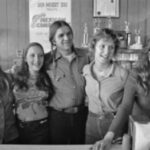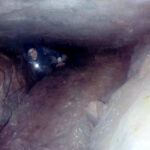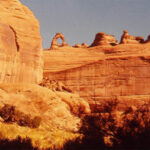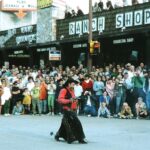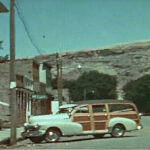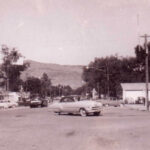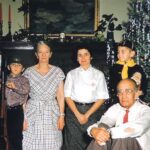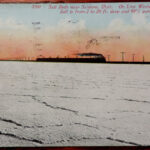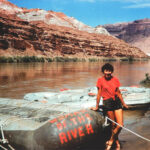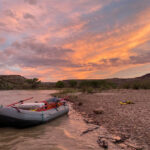
The river, when functioning accordingly, is a great democracy. “River Democracy.” All are equal. All are welcome. All are held accountable to one another for sustenance. If you can’t contribute, or perhaps more specifically, will not contribute, you will not be invited back. But if you can, as I have learned, you will be welcomed into one of the greatest gifts known to humankind; the River Family.
Family has never been easy for me. I have a hard time telling my mother “I love you” (even though I clearly do), and I tend to stay immersed in the day-to-day happenings of my own life that I forget to call and check in regularly. I have never been a great sibling to my younger brothers and sister. While I love them to death, our upbringing was, at times, chaotic and unstructured.
But on the river, family is a necessity. One of the greatest joys of the river is accountability to one another. To rely on one another. To help one another. To know that we are all in this together, for better or worse. Aside from running a class III or IV, this is one of the most enjoyable yet fundamental elements of river running with a group. Adhesion and effort. But on this trip, “family” had a new dynamic because, after almost a lifetime of existence, I had just met my biological father weeks before. And though he wasn’t with me physically on this river journey, his presence was very much felt.

